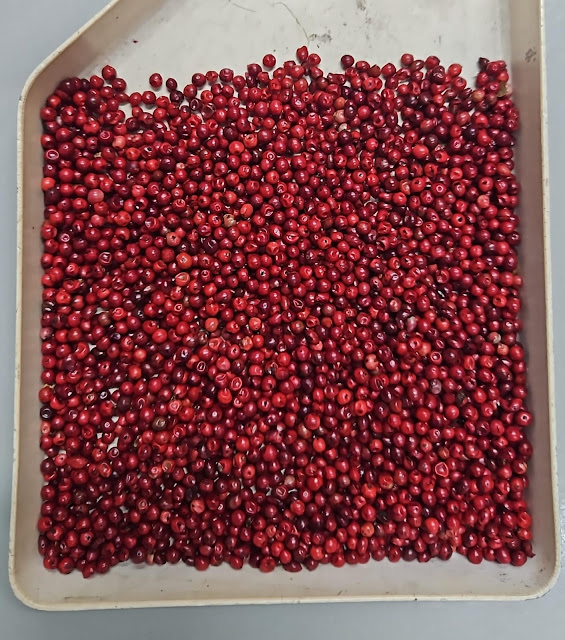European ports are congested, and the same situation may soon spread to the US and Asia.

Port congestion is worsening at key trade gateways in northern Europe and elsewhere, according to a new report. The report says the trade war could spread maritime disruptions to Asia and the US, pushing up shipping rates.
Specifically, according to a report recently released by British maritime consultancy Drewry, between late March and mid-May, waiting times for berthing increased by 77% at the port of Bremerhaven (Germany).
During the same period, delays increased by 37% in Antwerp, Belgium, and by 49% in Hamburg, Germany. Similar problems were also reported in the Dutch ports of Rotterdam and Felixstowe, England.
Labor shortages and low water levels on the Rhine were the main culprits, hindering barge traffic to and from inland points.
Adding to the tensions, US President Donald Trump temporarily lifted 145% tariffs on Chinese goods, a move that has boosted demand for shipping between the world’s two largest economies.
“Delays at ports are extending transit times, disrupting inventory planning and forcing carriers to load more cargo,” Drewry noted in the report.
“Adding pressure is the fact that trans-Pacific trade… is showing signs of entering its peak season early, driven by the temporary US-China tariff relief that is set to expire on August 14,” Drewry added.

Port congestion in Europe. ( Screenshot from Bloomberg ).
Similar trends are emerging in Shenzhen, China, as well as Los Angeles and New York, where the number of container ships waiting to dock at these locations has increased since late April, the report said.
Hapag-Lloyd AG CEO Rolf Habben Jansen said at a conference last week that while he has seen recent signs of improvement at European ports, it will take another six to eight weeks for the situation to be under control.
However , Torsten Slok, chief economist at Apollo Management, pointed out in a note over the weekend that the tariff truce between the US and China has not yet led to a surge in the number of ships crossing the Pacific.
“This raises the question: Are 30% tariffs on Chinese goods still too high? Or are American companies just waiting to see if tariffs will fall further before increasing shipments?” Slok wrote.
US-EU trade dispute
US tariffs – along with threats and sudden truces – make it difficult for importers and exporters to adjust orders, causing demand to fluctuate.
For shipping lines, the unpredictability often leads to delays and higher freight rates, according to Bloomberg .
The latest blow to global trade came on May 23, when Mr. Trump threatened to impose 50% tariffs on the European Union (EU) from June 1. The move could disrupt transatlantic trade.
“Policy uncertainty will be a dead cost for global trade, adding risk to [corporate] spending plans,” Oxford Economics said in a new note.
Germany, Ireland, Italy, Belgium and the Netherlands are the most vulnerable countries due to their high ratio of goods exports to the US to GDP.
Bloomberg Economics warned in another note that an additional 50% tariff could see EU exports to the US fall by more than half.
The uncertainty surrounding Mr Trump’s policies is adding to the pressure on the shipping industry. Major carriers such as MSC Mediterranean Shipping have announced general rate increases and peak season surcharges starting in June for cargo originating from Asia. Spot rates are likely to rise in the coming weeks.
Currently, cargo ships still avoid the Red Sea, where the Houthis began attacking ships in late 2023. Ships are having to go around southern Africa to transport goods on routes connecting Asia, Europe and the United States.
















